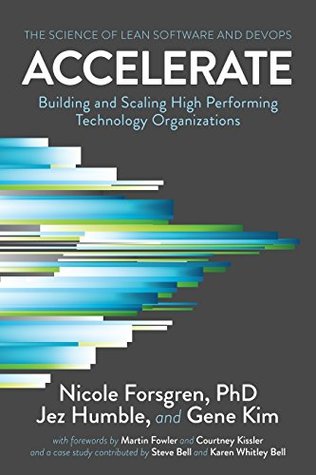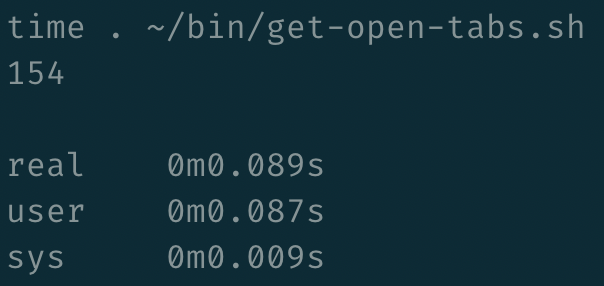Recently, I posted on here about using Hammerspoon to scratch a personal itch. It was a nice exercise in documenting stuff for myself while hopefully putting something out into the ether that might be of use to others. So I thought I’d try it again.
The problem
During the summer, I started using Roam Research for all of my note-taking and personal knowledge management. You don’t need me to tell you why you should or shouldn’t be using it, there are enough of us out there already proselytising about this thing. But the long and the short of it is that absolutely everything I come across and think about is going in there – personal stuff, work stuff, little snippets of data that might one day be useful to me again. It has become a vital tool in my day-to-day thinking and planning.
One of the templates I’ve been using to take personal notes for meetings looks like this:
- [[Meeting/MEETING TITLE]]
- Category:: #meeting #OTHER #KEYWORDS
- Attendees
- [[Simon Scarfe]]
- [[Unfortunate saps talking to me...]]
- Agenda
- Notes
I find this fantastically useful, the “Attendees” section is particularly good for some of the natural cross-referencing it provides. But when you have a day of six or more meetings, filling in those can be tiresome, to the point where I actively avoid doing it (even with TextExpander shortcuts). When this happens, I both lose the value it provides, and I feel like a bit of a failure – which is never nice.
The solution
I decided to see if I could script exporting those meetings to markdown – trying to turn what is a bit of a laboured, several-times-a-day process into a simpler, single keyboard shortcut. And without wanting to spoil too much, it turns out I could. Not only that, but it was pretty straightforward.
I started out by using MacOS’s Script Editor to hack around the Outlook API so I could see what I might query on. When researching this, I found several pages about getting information using the frankly-quite-weird AppleScript language, but very few using Apple’s JavaScript for Automation extensions (JXA). After about 20 minutes of screwing around, most of what I required could be retrieved using Application("Microsoft Outlook").selectedObjects() (seriously). The trick to enable this is to activate Outlook Calendar’s “list view” (CMD+CTRL+0), so you can select several meetings without triggering extra UI elements.

Once I’d accessed those events, I turned them into plain ol’ JSON with the intention of letting Hammerspoon deal with them – before realising that Lua is not a strength of mine – so I continued using JavaScript to transform those objects into Roam-compatible markdown. You might wonder how bad Lua not being “a strength of mine” could possibly be by looking at the digital “chicken scrawl” that is the chained JavaScript I assembled to do that here.
Finally, it was a matter of hooking it all into Hammerspoon. Hammerspoon provides hs.osascript.javascript to execute JavaScript, hs.pasteboard.setContents to copy the results of that JS to the clipboard, and hs.hotkey.bind to hook it all up to a keyboard shortcut. I’ve probably overused the sentence a bit in this post, but it was all rather straightforward. Honestly, look.
Limitations
This isn’t without some slight flaws, the biggest one is Roam’s (or maybe it’s MacOS’s?) treatments of soft line breaks. I couldn’t find a way in Roam to paste in soft breaks, which leads to agendas pasting in as multiple blocks. That may be less problematic for more traditional outliners, but a lot of Roam’s power comes from blocks being first-class citizens that stand on their own. To get around this, in the short term I replaced them with `------` text, which I can quickly edit around if/when I find it appropriate. Fortunately, most agendas are a bit rubbish, and I only need a couple of lines of a LOT of (usually Zoom-related) bumph.
Also, none of this has been tested on “New” Outlook 365. I am a bit worried that if I upgrade (forced or otherwise), this functionality will quickly disappear. Maybe then I’ll finally start using a more portable/flexible email/calendar client?
And on a similar theme, as I have been reading around Applescript / JXA, those technologies might not be in Apple’s long term plans. That the information on how to do all of this was hard to find, could probably be taken as a symptom of this. However, if you are interested in digging more into JXA, the JXA Cookbook is a decent starting point
But all of that aside, once I’d got my head around the JS/Applescript nastiness and weird Osascript APIs, it was a pretty simple experience. Even if it all went away tomorrow, I’ve likely already saved some serious time manually adding people’s names to [[Meeting/]] posts.


 Then I needed to parse it. Instinct got me going down the “I’ll write some javascript for this” path, but I quickly realised that for fast feedback, I needed something close to the metal, simple, and again fast. So I dived into what describes itself as “sed for JSON data”,
Then I needed to parse it. Instinct got me going down the “I’ll write some javascript for this” path, but I quickly realised that for fast feedback, I needed something close to the metal, simple, and again fast. So I dived into what describes itself as “sed for JSON data”, 
